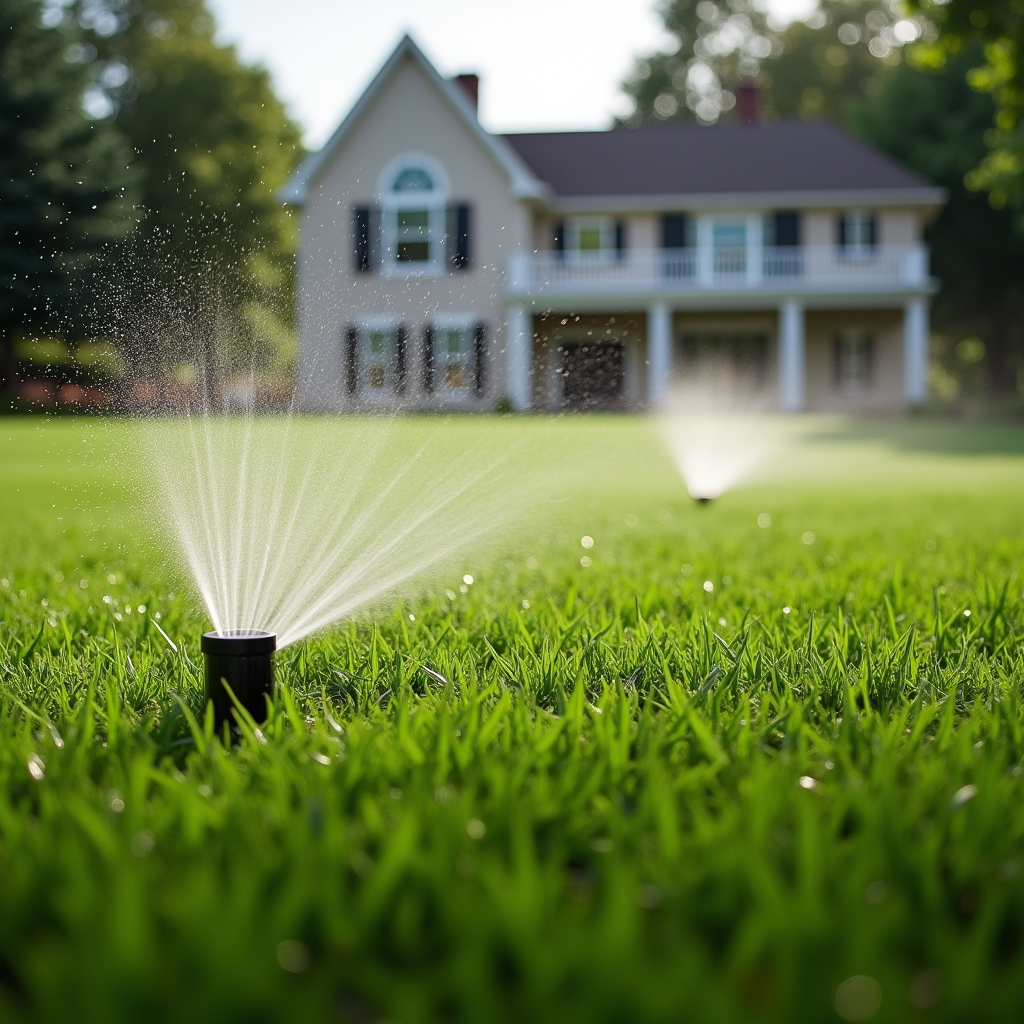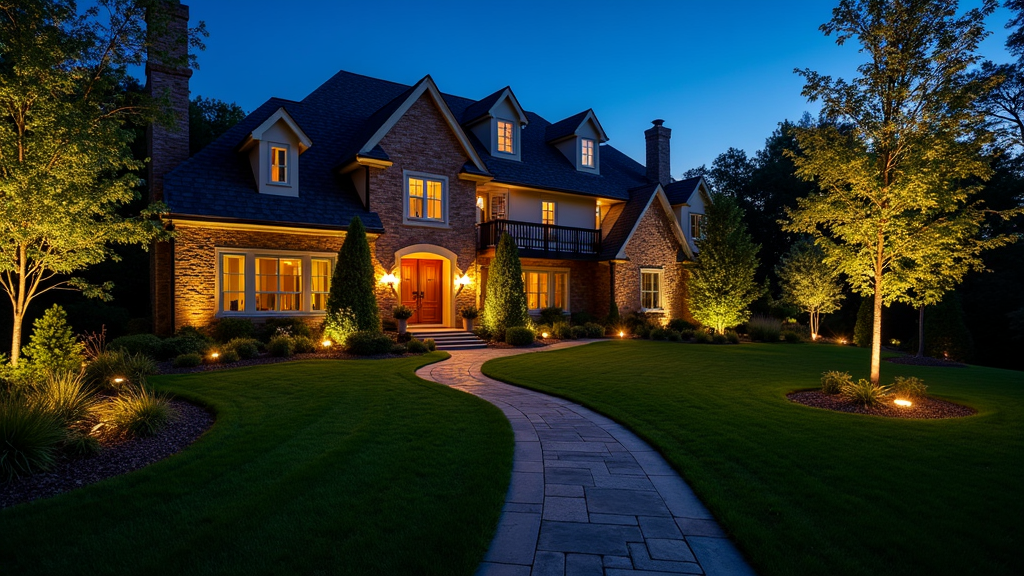Introduction
The allure of an edible landscape isn't just in the delicious produce you can harvest; it's also about creating a beautiful, sustainable space that harmonizes with nature. Imagine stepping out your back door and plucking fresh herbs, fruits, or vegetables from your garden as part of your daily routine. This article will explore various aspects of integrating edible landscapes into your garden design, offering tips, strategies, and insights that cater to every style and skill level.
Edible landscaping is not merely a trend; it’s a movement towards sustainability and self-sufficiency. With the increasing interest in organic gardening and local food sourcing, many homeowners are looking for ways to incorporate edibles into their existing landscape design. So let’s dive deep into how you can achieve this harmonious blend of beauty and functionality in your outdoor space.
Understanding Edible Landscapes
What Are Edible Landscapes?
Edible landscapes are gardens designed to grow food alongside traditional ornamental plants. They combine aesthetics with utility, allowing gardeners to enjoy both the visual appeal of flowers and shrubs while reaping the benefits of fresh produce.
The Benefits of Edible Landscaping
Sustainability: Reducing dependence on store-bought produce minimizes carbon footprints. Biodiversity: Incorporating different plant types promotes healthier ecosystems. Cost-Efficiency: Growing your own food saves money in the long run. Aesthetic Appeal: A well-designed edible landscape can be as beautiful as any purely ornamental garden. Educational Opportunities: It provides learning experiences for children and adults alike about where food comes from.Planning Your Edible Landscape Design
Assessing Your Space
Before diving into planting, take a good look at your available area. Consider:
- Sunlight exposure Soil type Existing plants Drainage conditions
Taking stock of what you’re working with ensures that you make informed decisions throughout the process.

Choosing the Right Plants for Your Climate
Incorporating edible plants that thrive in your climate is https://penzu.com/p/fa7f2121801eefee crucial for success. For those in regions like North Carolina, consider:
- Tomatoes Peppers Basil Blueberries
Utilizing native plants not only helps biodiversity but also reduces maintenance efforts.
Creating Zones in Your Garden
Dividing your garden into zones based on plant needs—sunlight requirements, watering needs, etc.—can streamline care and enhance growth.
Example Zones:
Herb Zone: Full sun-loving herbs like rosemary and thyme. Vegetable Patch: Area for larger crops requiring more care. Fruit Trees/Shrubs Area: Space for berry bushes or dwarf fruit trees.Design Elements for Edible Landscapes
Incorporating Pathways
Pathways guide visitors through your garden while also providing access to plants for maintenance and harvest. Use materials like gravel or wood chips that complement the natural aesthetic.

Using Vertical Space Wisely
Vertical gardening can save space while adding visual interest:
- Trellises for climbing beans or peas Wall-mounted planters for herbs
This method is particularly useful in urban settings where ground space may be limited.
Mixing Edibles with Ornamentals
Planting flowers among vegetables not only beautifies the garden but can also attract beneficial insects that help pollinate crops.
Good Combinations:
Marigolds with tomatoes (pest deterrent) Nasturtiums alongside leafy greens (edible flowers)Maintenance Tips for an Edible Landscape
Watering Techniques
Proper watering is essential for healthy plants:
- Early morning watering prevents evaporation. Drip irrigation systems conserve water while delivering it directly to roots.
Natural Pest Control Methods
Embrace natural pest control methods over chemical pesticides:
- Companion planting Insect-repelling plants like mint or garlic
These methods promote a healthier ecosystem while keeping pests at bay.
Seasonal Planning for Your Edible Garden
Spring Planting Strategies
Spring is ideal for sowing seeds such as lettuce and radishes as they thrive in cooler weather.
Summer Harvests and Maintenance
During summer months, focus on regular harvesting to encourage more growth while keeping an eye out for pests.
Fall Preparation Techniques
As fall approaches, consider planting cover crops that enrich soil health over winter months.
Integrating Technology Into Edible Landscaping Design
Smart Gardening Tools Overview
With advancements in technology, smart gardening tools make it easier than ever to maintain an edible landscape:
- Smart irrigation systems adjust according to weather conditions. Apps provide reminders for watering schedules or pest inspections.
Budget-Friendly Tips When Designing Your Garden
Creating an edible landscape doesn't have to break the bank:
Start small; gradually expand as you learn what works best. Utilize seeds instead of young plants; they’re often cheaper!Incorporating Community Gardens into Landscape Design
Joining forces with neighbors by creating community gardens can bolster both social ties and food security within neighborhoods.
How to Incorporate Edible Landscapes into Your Garden Design
When embarking on "How to Incorporate Edible Landscapes into Your Garden Design," start by visualizing how edibles will fit among existing features—like flower beds or walkways—to create a harmonious blend rather than clashing styles.
Common Mistakes When Designing Edible Landscapes
Avoid these common pitfalls when planning your edible landscape:
Overcrowding plants leads to poor air circulation. Ignoring sun exposure guidelines results in stunted growth.FAQs About Incorporating Edibles into Landscape Design
Q1: Can I mix ornamental plants with my vegetable garden? Yes! Mixing ornamentals enhances beauty and attracts beneficial pollinators.
Q2: What are some easy-to-grow edibles? Consider starting with herbs like basil or parsley—they’re forgiving even for beginners!
Q3: Is soil testing necessary before planting? Absolutely! Soil tests provide insight into nutrient deficiencies that could hinder plant growth.
Q4: How do I prevent pests naturally? Companion planting is one effective method—certain plants repel harmful insects while attracting beneficial ones!
Q5: Can I use containers for my edible garden? Definitely! Containers allow flexibility regarding placement; just ensure they have good drainage!
Q6: What’s the best time to start my edible garden? Spring is typically ideal; however, planning during winter months allows ample time for research!
Conclusion
Incorporating edibles into your landscape design offers numerous benefits—from beauty to sustainability—and creates spaces rich with life! By following strategic planning steps outlined above—including choosing suitable plants based on location—you’ll cultivate a thriving environment where aesthetics meet functionality seamlessly.
This venture may seem daunting at first glance—but remember each little step forward counts toward building something beautiful together! Happy gardening!